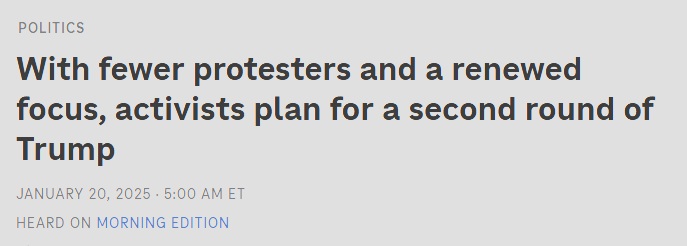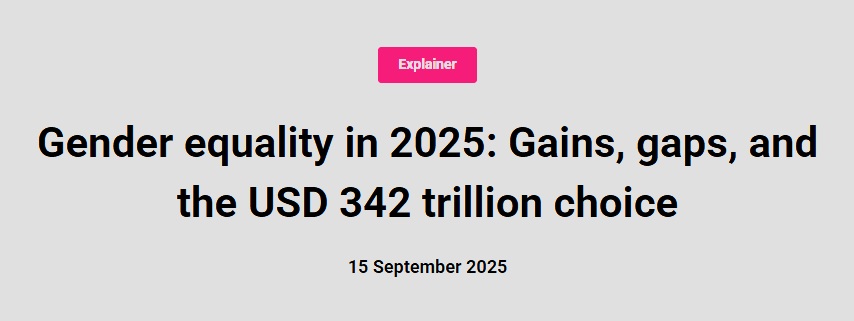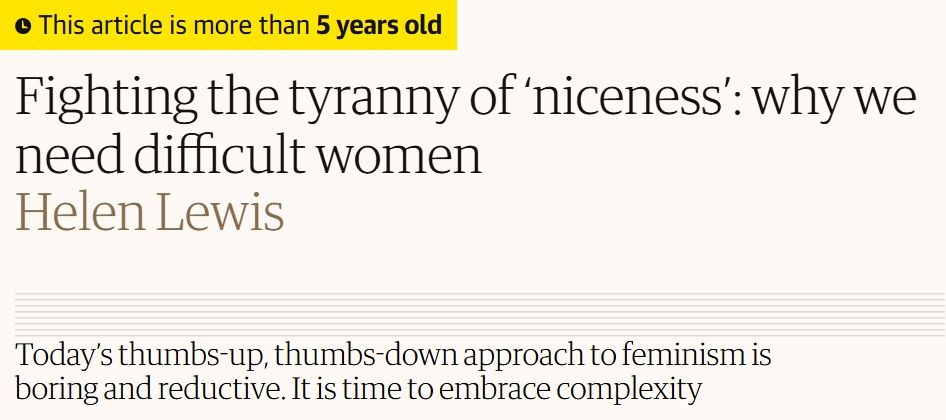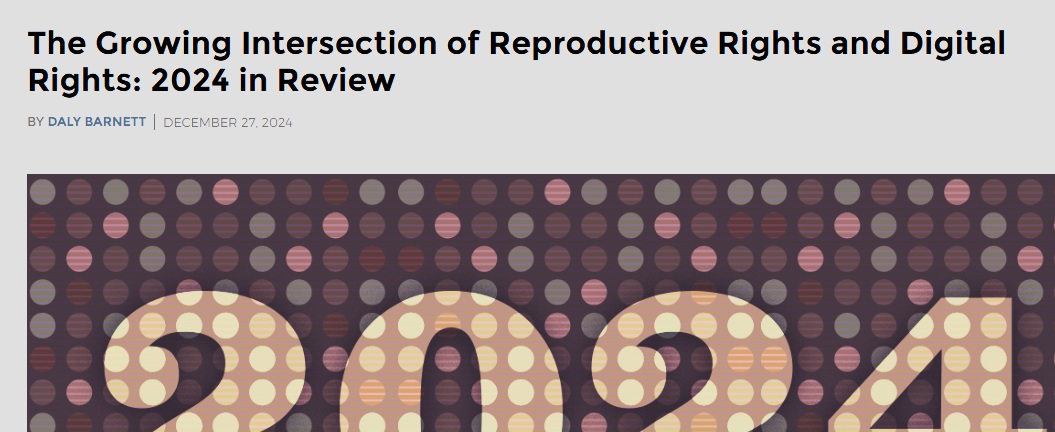From Women's March to People's March: The Evolution of Resistance in 2025

On January 18, 2025, tens of thousands joined the rebranded 'People's March' protesting Trump's second inauguration. Smaller than 2017 but more diverse, activists shift from marching to legislating and grassroots organizing.
The 2025 Shift: From Women’s March to People’s March
On January 18, 2025, just two days before Donald Trump’s second inauguration, tens of thousands of protesters gathered in Washington D.C. But this time was different — what was once the “Women’s March” has been rebranded as the “People’s March,” reflecting a fundamental shift in movement strategy and focus.
The Numbers: 2017 vs 2025
2017 Women’s March
- Washington D.C.: 440,000-500,000 people
- Nationwide participation: 3.3-4.6 million
- Global participation: Up to 5 million
- Then the largest single-day protest in U.S. history
2025 People’s March
- Washington D.C.: Organizers claim over 50,000 (some outlets reported falling short)
- Over 350 similar marches nationwide in every state
- One attendee estimated: “There were 10, 20 times as many people the first time”
Why the Rebrand?
Broadening the Coalition
March organizers explained the rebrand to “People’s March” aims to:
- Unite all people fearful of a second Trump Administration under one umbrella
- Include women, LGBTQ+ people, immigrants, and other marginalized communities
- Reflect priorities of a larger coalition of organizations
Beyond Trump
Unlike 2017’s focus primarily on Trump himself, the 2025 march targeted broader goals:
- Women’s and reproductive rights
- LGBTQ rights
- Immigration justice
- Climate action
- Democracy protection
Activist Exhaustion and Resilience
Black Women’s Perspectives
Multiple protesters and organizers spoke about feeling tired or knowing others who felt resigned. Black women particularly expressed frustration:
“Black women are exhausted by the reality that their commitment to pushing for progress on social issues is often met with a resounding rejection from the American electorate. Some are stepping back to prioritize rest and healing during the new Trump administration.”
From Marching to Legislating
Michigan State Sen. Mallory McMorrow, a Democrat, noted a key shift:
“When people ask if they should be concerned about a lack of groundswell of public action, I remind them that Trump’s first election inspired a record number of women to run for office — and win — in 2018, including me. The impact of that endures. We’re not marching, we’re legislating.”
2025 Protest Symbols
Abortion Rights Imagery
Protesters carried symbols of the abortion rights movement, including:
- Coat hanger posters (symbolizing unsafe illegal abortions)
- “My Body My Choice” signs
- References to extreme abortion bans in states like Texas
Multi-Issue Unity
Signs and speeches covered:
- Democracy and voting rights
- Immigration justice
- Gender justice
- LGBTQ+ rights
- Climate action
- Economic inequality
Evolution of Organizing Strategy
2017: Mass Mobilization
- Focus on creating historic turnout
- Viral social media organizing
- Spontaneous grassroots energy
2025: Sustained Action
- Focus on local organizing and sustained engagement
- Building cross-issue coalitions
- Long-term strategic planning
- Direct political engagement (running for office)
The Nationwide Movement
350+ Marches
Marches in every state showed that despite smaller D.C. numbers, there’s still widespread participation nationally. Local organizers took different approaches:
- New York: Focus on immigrant rights and sanctuary city protections
- Texas: Emphasis on reproductive rights and abortion access
- California: Climate justice and LGBTQ rights
- Florida: Education freedom and anti-censorship
Youth Leadership
New Generation of Activists
Unlike 2017, the 2025 march saw more young leaders:
- Gen Z organizers bringing new tactics
- Connecting climate justice to feminism
- Using TikTok and newer platforms for organizing
- Demanding more radical systemic change
Challenges and Criticisms
Internal Divisions
The movement has faced:
- Debates over priorities and tactics
- Questions about representation and leadership
- Balancing different communities’ needs
- Maintaining momentum over time
External Pressures
- Increased attacks from conservative media
- Legal restrictions on protests in some states
- Surveillance and security concerns
- Funding and resource challenges
The Path Forward
Immediate Actions
Organizers outlined key priorities for 2025-2026:
- Protect state-level rights: Strengthen protections in progressive states
- Electoral organizing: Prepare for 2026 midterm elections
- Legal challenges: Mount lawsuits against restrictive policies
- Mutual aid networks: Build community support systems
- International solidarity: Connect with global feminist movements
Long-term Vision
“This isn’t about one day of protest, it’s about building a movement that can sustain through 2028 and beyond.” — People’s March organizer
Reasons for Hope
Despite smaller numbers, participants expressed optimism:
Movement Maturity
- More sophisticated organizing structures
- Clearer policy demands
- Stronger cross-movement connections
- More elected officials from the movement
Sustained Commitment
“We may be more tired, but we’re also smarter. We know this is a marathon, not a sprint.” — Long-time activist
International Solidarity
Global Connections
The 2025 march echoed international movements:
- Iran’s “Woman, Life, Freedom” protests
- Latin America’s Green Wave (abortion rights)
- European movements against far-right
- Asian democracy movements
Technology and Organizing
Digital Resistance
2025 organizing leverages:
- Encrypted communications for security
- Decentralized organizing models
- Digital security training
- Online direct action tactics
Conclusion: The Evolution of Resistance
The shift from 2017’s Women’s March to 2025’s People’s March represents more than a name change — it reflects a fundamental evolution in American resistance movements.
Key Transitions:
- From reactive to strategic: Long-term planning vs immediate response
- From single-issue to intersectional: Recognizing interconnected struggles
- From protest to power: Running for office and policy change
- From national to local: Grassroots organizing and state-level action
The Enduring Spirit
While 2025’s crowds may be smaller, the commitment remains strong. As one organizer said:
“2017 was about shock and anger. 2025 is about determination and strategy. We’re not just resisting — we’re building the future we want to see.”
The movement’s message is clear: resistance continues, just in evolved forms. From streets to statehouses, from protests to policies, the fight for rights, equality, and justice remains alive in Trump Era 2.0.
History will show whether this evolution from mass marches to sustained organizing proves more effective. But one thing is certain: the movement hasn’t disappeared — it’s adapting, learning, and preparing for the long fight ahead.
Related Articles

Beijing+30: A Critical Moment for Global Women's Rights
2025 marks the 30th anniversary of the Beijing Declaration and Platform for Action. Despite progress, 24% of countries report backlash on gender equality, and 10% of women still live in extreme poverty. This is a critical moment to renew commitments.

Fighting the Tyranny of 'Niceness': Why We Need Difficult Women
This article critiques the expectations of 'perfection' and 'likability' in contemporary feminism, calling for recognition of the complexity and contradictions within feminism, and embracing those 'difficult women' who are nonconformist, hard to categorize, but drive change.

Reproductive Rights in the Digital Surveillance Era: When Technology Becomes a Tool of Oppression
In the post-Roe era, digital privacy has suddenly become a matter of life and death for abortion seekers. Period tracking apps, search histories, and location data can all become evidence for prosecution. This article analyzes how digital surveillance threatens reproductive freedom and how women can protect their digital privacy.
Support Our Work
If this content has been helpful to you, please consider supporting us to continue curating quality feminist resources
☕ Buy me a coffeeComments & Discussion
Share your views and feelings about this article
Join the Discussion
Share your views and feelings about this article
Loading comments...